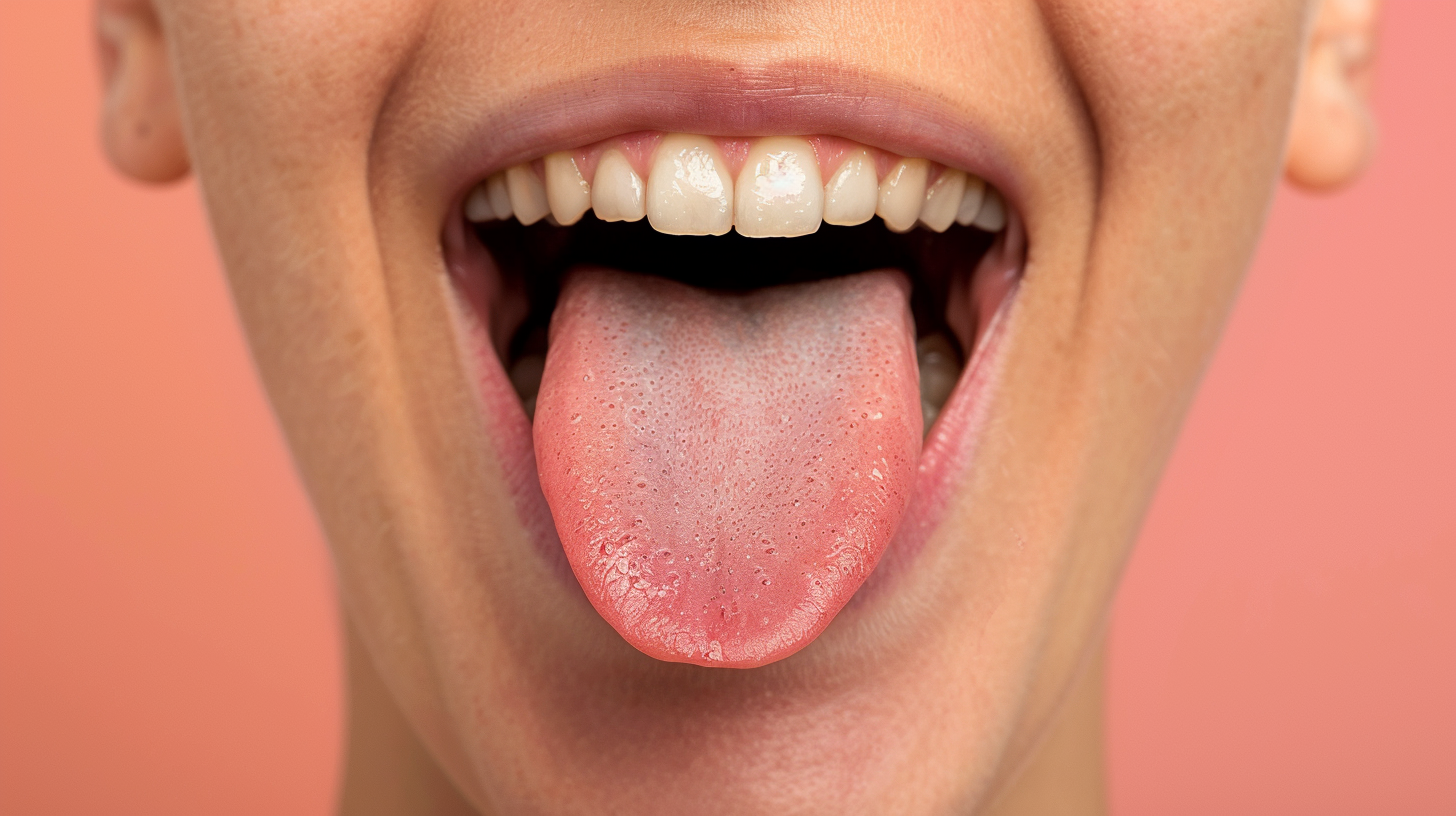Introduction: The Tongue is More Than a Muscle
The tongue isn’t just for talking and chewing—it’s an essential postural organ that influences the airway, jaw, spine, and nervous system. At BreatheWorks, we call it the “core within the core.”
When tongue posture or function is compromised, the body often compensates with poor breathing, forward head posture, and muscular overactivation. In many of our patients, correcting tongue dysfunction is a turning point in postural and airway restoration.
How the Tongue Impacts Posture and Breathing
The tongue connects to the hyoid bone, which suspends the larynx and indirectly supports posture through:
- Diaphragmatic tension and respiratory rhythm
- Jaw and neck stabilization
- Palatal development and airway patency
- Resting tone throughout the upper body
When the tongue is low, tight, or inactive, patients often show:
- Forward head posture and neck strain
- Mouth breathing and shallow chest breathing
- Jaw clenching or bruxism teeth grinding
- Swallowing fatigue and inefficient chewing
- Reduced core stability, especially during speaking and movement
Real-World Case: A 29-Year-Old Fitness Coach with Neck Pain and Breathing Issues
A strength coach came to BreatheWorks after persistent neck tension, mouth breathing during workouts, and vocal fatigue while coaching. He had completed extensive core and breath training but still felt “off.”
Evaluation revealed:
- Subtle tongue tie ankyloglossia limiting elevation and suction
- Low tongue resting posture and habitual mouth breathing
- Overactive sternocleidomastoids and upper traps
- Bruxism at night with jaw and neck soreness
Therapy included:
- Oromyofunctional therapy to elevate tongue tone and nasal breathing
- Tongue-tie release with pre- and post-op therapy
- Postural support and cueing for better jaw-neck alignment
- Collaboration with a dentist and physical therapist
Results over 10 weeks:
- Neck tension resolved
- Breathing normalized during workouts
- Restful nasal sleep and reduced jaw pain
- Increased breath support and endurance while coaching
Signs Tongue Posture May Be Impacting You
- Chronic mouth breathing or inability to maintain lips closed at rest
- Clicking or tightness in the jaw
- Choking or coughing while eating
- Speech that sounds muffled or effortful
- Poor posture, especially forward head
- Grinding or clenching at night
- Fatigue during speech, eating, or exercise
How BreatheWorks Uses Tongue Therapy for Posture and Breathing
We help patients restore core and airway function through:
✅ Myofunctional therapy to retrain tongue posture, tone, and coordination
✅ Assessments for tongue-tie (ankyloglossia) and collaborative referrals
✅ Integration of jaw, neck, and diaphragmatic alignment
✅ Supportive therapy for swallowing, chewing, and breath-holding patterns
✅ Coordination with ENT, dental, physical therapy, and orofacial teams
Key Takeaways
- The tongue is a key player in postural alignment and breathing
- Dysfunctional tongue posture can lead to chronic pain, fatigue, and airway compromise
- Myofunctional therapy is essential for treating root causes of instability
- BreatheWorks supports full-body integration—from tongue to toes



